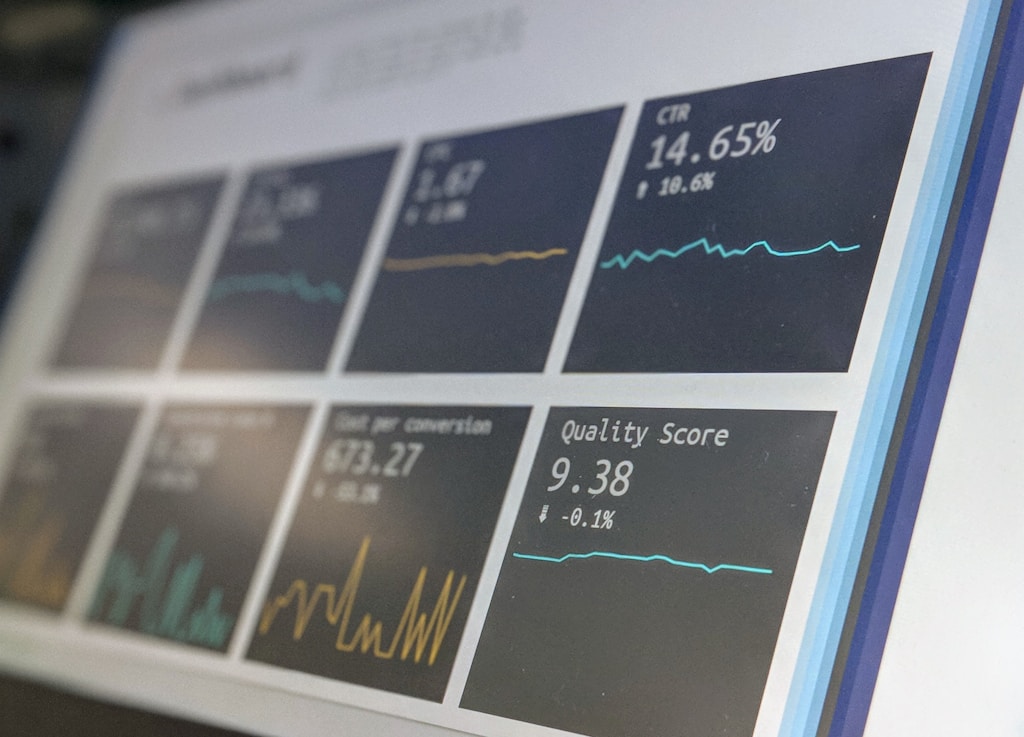Breaking: Solana’s Revolutionary Tokenomics Shift
In a groundbreaking development for the Solana ecosystem, the SIMD 228 proposal has secured approximately 70% of validator votes, setting the stage for a dramatic reduction in SOL’s annual inflation rate to 0.92%. This pivotal shift could fundamentally reshape Solana’s economic model and potentially impact its market dynamics.
Understanding SIMD 228: A Game-Changing Proposal
The SIMD 228 proposal introduces a dynamic “static curve” mechanism that ties SOL issuance directly to network staking participation. With the current 64% stake ratio, the new model would reduce inflation to 0.92% – a significant optimization from the existing fixed-rate system.
Key features of SIMD 228 include:
- Adaptive emission rates based on staking participation
- Enhanced security-to-cost efficiency
- Transition period of approximately 100 days
Market Implications and Expert Analysis
This proposal comes at a crucial time for Solana, as highlighted in recent market developments that have shown increasing institutional interest in the network. The reduced inflation rate could potentially strengthen SOL’s position as a store of value while maintaining network security.
Potential Challenges and Concerns
Critics raise valid concerns about the proposal’s impact on validator economics and institutional adoption. The dynamic nature of the new inflation model could create uncertainty for large-scale investors and ETF issuers entering the Solana ecosystem.
Looking Ahead: Implementation Timeline
If approved at Epoch 755, the new inflation schedule will be gradually implemented over approximately 50 epochs. This measured approach aims to minimize market disruption while transitioning to the more efficient tokenomics model.
Currently trading at $123, SOL’s price action in the coming weeks will likely reflect the market’s reaction to this significant protocol change.
